The Battle of Stalingrad was one of the most important and brutal battles of World War II. It began in the summer of 1942 and lasted until February 1943. This fierce confrontation took place in the city of Stalingrad, a key industrial and transportation hub in the Soviet Union, now known as Volgograd. The battle was not only a turning point in the war, but it was also a symbol of the Soviet people’s resilience and determination to defend their homeland, even at great personal cost.
The Nazi Invasion of Stalingrad
By the summer of 1942, Nazi Germany had already conquered much of Europe. After launching Operation Barbarossa in June 1941, Adolf Hitler’s forces pushed deep into Soviet territory. Their plan was to destroy the Soviet Union and capture its vast natural resources. Hitler had become obsessed with capturing Stalingrad, a city that bore the name of Soviet leader Joseph Stalin. This made Stalingrad an especially symbolic target for Hitler.
The city of Stalingrad was also strategically important. It sat on the banks of the Volga River, which served as a major transportation route. By capturing the city, the Nazis could cut off Soviet supply lines, as well as gain control of the oil-rich Caucasus region to the south. For these reasons, Hitler ordered his army to take Stalingrad at any cost..
Read more
The German Sixth Army, under the command of General Friedrich Paulus, was given the task of seizing Stalingrad. Initially, the German forces advanced rapidly across the open plains, using their superior tanks, planes, and artillery to crush Soviet resistance. The Luftwaffe, the German air force, heavily bombed the city, reducing much of it to rubble. Civilians and soldiers alike were killed in the relentless bombardment, and large portions of the city were destroyed before the Nazis even entered it.
The Defense of Stalingrad by the Red Army
Despite the destruction, the Soviet Red Army refused to give up. Stalin himself issued an order known as “Not one step back!” This directive made it clear that retreat was not an option. The Red Army was tasked with defending the city at all costs, and they knew that surrendering Stalingrad would not only be a defeat militarily, but it would also shatter Soviet morale.
Soviet defenders, led by Generals Vasily Chuikov and Georgy Zhukov, used the ruins of Stalingrad to their advantage. With the city in ruins from the German bombing campaign, the Red Army turned the shattered buildings and rubble into defensive positions. Soldiers hid in the remains of factories, houses, and basements, setting up sniper positions and machine gun nests. The streets became a deadly maze of urban warfare, where close combat between German and Soviet forces raged day and night.
The Soviet tactic of fighting from within the ruins made it nearly impossible for the Germans to use their tanks and other heavy equipment effectively. Instead of large, organized battles, the Germans were forced to fight for each block, each building, and sometimes even each room of Stalingrad. This type of warfare slowed the German advance and drained their resources, both in terms of soldiers and supplies. The brutal fighting earned the battle the nickname “Rattenkrieg,” or “war of the rats,” as soldiers from both sides crawled through the rubble and fought at close quarters.
The Sacrifice of the Soviet People
The defense of Stalingrad was not only fought by soldiers but also by the people of the city and the Soviet Union as a whole. Civilians in Stalingrad were not evacuated in large numbers, and many stayed behind to help defend their city. These civilians lived through unimaginable hardship. Bombed-out buildings became their homes, and food and water were scarce. Yet, they refused to leave their homeland.
Factories in Stalingrad, some of which had been damaged or destroyed by the bombing, continued to produce weapons, ammunition, and tanks to support the war effort. Workers, including women, the elderly, and even children, worked around the clock under dangerous conditions to supply the Red Army. Many of them were underfed, exhausted, and constantly at risk of being killed by German bombs, but they understood that their efforts were vital to the survival of the city.
Throughout the Soviet Union, people sold their belongings to help fund the war effort. Families gave up jewelry, clothing, and other possessions to raise money for weapons and supplies. Farmers provided whatever food they could spare, despite the harsh winters and food shortages that plagued the country. The Soviet people knew that the fall of Stalingrad would be a disaster for their nation, so they sacrificed everything to support the war.
Atrocities Committed by the Nazis
The German invasion of the Soviet Union was brutal, and the Battle of Stalingrad was no exception. Nazi forces committed numerous atrocities during the battle, both against Soviet soldiers and civilians. The German army followed a policy of destruction, with no regard for the lives of those in their path.
In the early stages of the battle, the Luftwaffe’s bombing of Stalingrad resulted in the deaths of tens of thousands of civilians. Many were trapped under the rubble of collapsed buildings, while others were caught in the crossfire as they tried to flee. The relentless bombing and shelling created a chaotic and terrifying environment for those still in the city.
German soldiers were also responsible for numerous war crimes during their time in Stalingrad. As they advanced through the city, they executed Soviet prisoners of war and civilians suspected of aiding the Red Army. Some were shot, while others were subjected to torture. The Nazis’ racial policies also played a role, as they saw the Soviet people as “subhuman” and treated them with cruelty and disdain.
Hunger became another weapon used by the Nazis. As the German forces surrounded the city, they cut off supply lines to Stalingrad, hoping to starve both the defenders and the civilians into submission. The people of Stalingrad were forced to survive on whatever they could find, eating grass, rats, and even their own shoes. Despite this, the Soviet people held on, determined not to let the Germans take their city.
The Soviet Counteroffensive
As the months dragged on, the German forces in Stalingrad found themselves increasingly bogged down. The harsh Russian winter arrived, and the Germans were not prepared for the freezing temperatures. Meanwhile, the Red Army was building up for a massive counteroffensive.
In November 1942, Soviet forces launched Operation Uranus. This counterattack was aimed not directly at the German forces inside Stalingrad but at the weaker Axis armies on the flanks of the German Sixth Army. These forces, which included Romanian, Italian, and Hungarian troops, were less well-equipped and trained than the German soldiers, making them easier targets for the Soviet attack.
The Soviet offensive quickly succeeded in breaking through the Axis defenses. Within days, they had encircled the entire German Sixth Army, trapping them inside Stalingrad. The German soldiers, now surrounded by Soviet forces, faced a dire situation. They were cut off from supplies and reinforcements, and the freezing winter made conditions even worse. Despite this, Hitler refused to allow General Paulus to surrender, ordering his forces to fight to the death.
The Final Stages of the Battle
For the trapped German soldiers, the final months of the battle were hellish. They were starving, freezing, and running out of ammunition. Disease spread rapidly through the ranks, and morale plummeted. Despite these conditions, many German soldiers continued to fight, driven by fear of the Soviet forces and the knowledge that surrender would likely mean imprisonment or death.
By January 1943, the situation had become hopeless for the Germans. Soviet forces continued to tighten the noose around the remaining German positions in Stalingrad. On January 31, 1943, General Paulus, who had been promoted to Field Marshal by Hitler in the hopes that he would continue fighting, surrendered to the Soviets. This marked the beginning of the end for the German Sixth Army, though isolated pockets of resistance held out for a few more days.
The Battle of Stalingrad officially ended on February 2, 1943, when the last of the German forces in the city surrendered. It was one of the bloodiest battles in human history, with an estimated 2 million people killed, wounded, or captured.









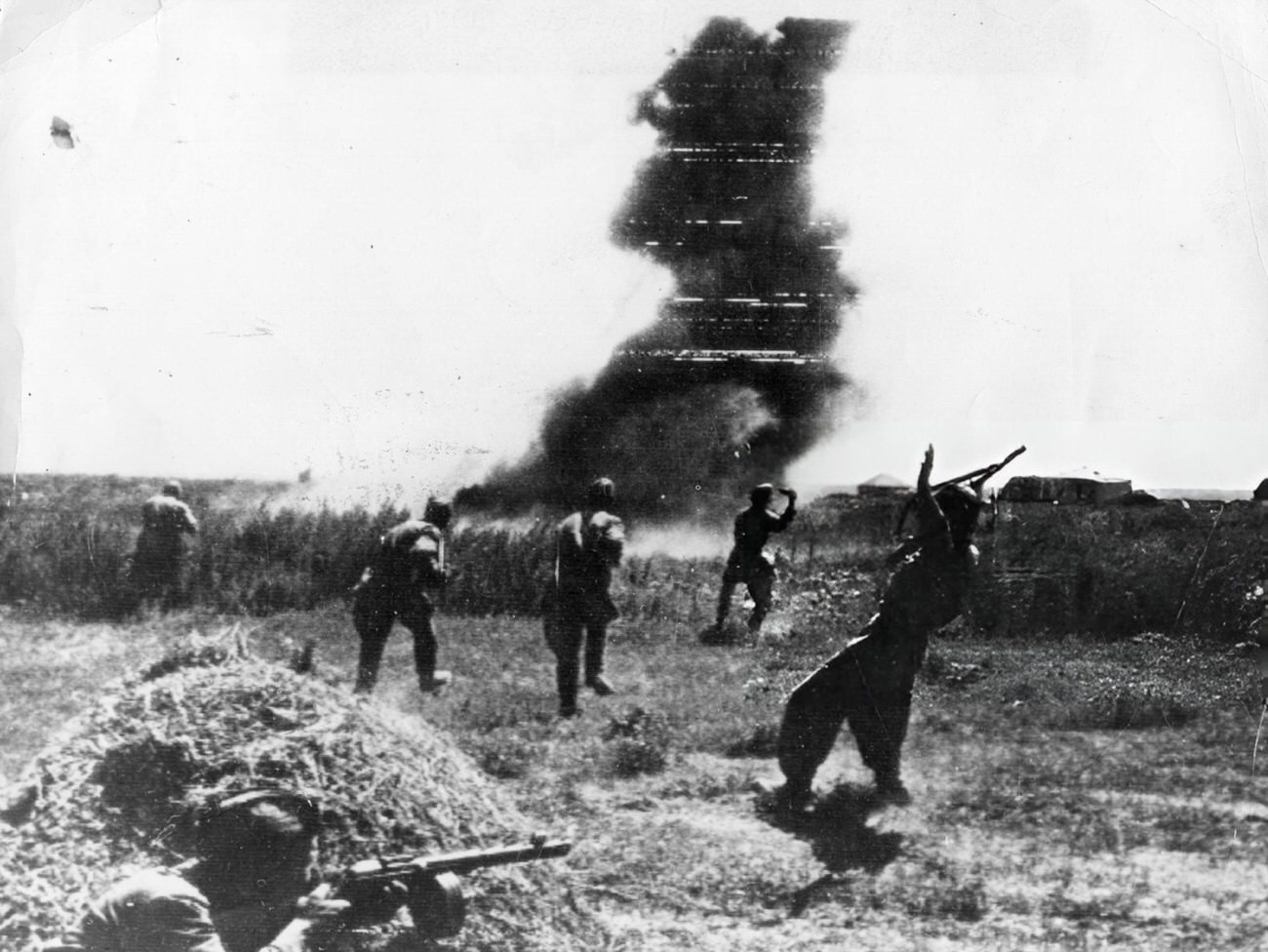
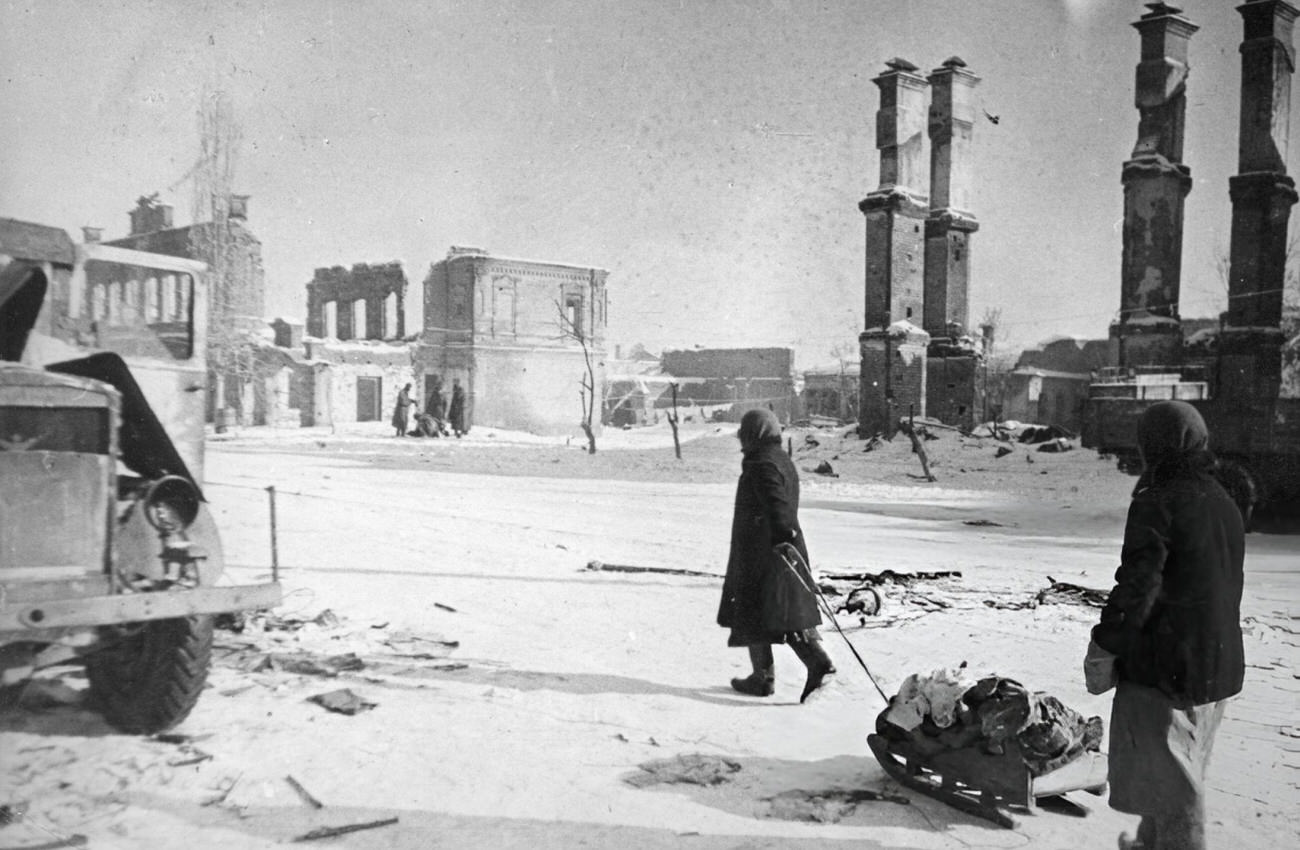








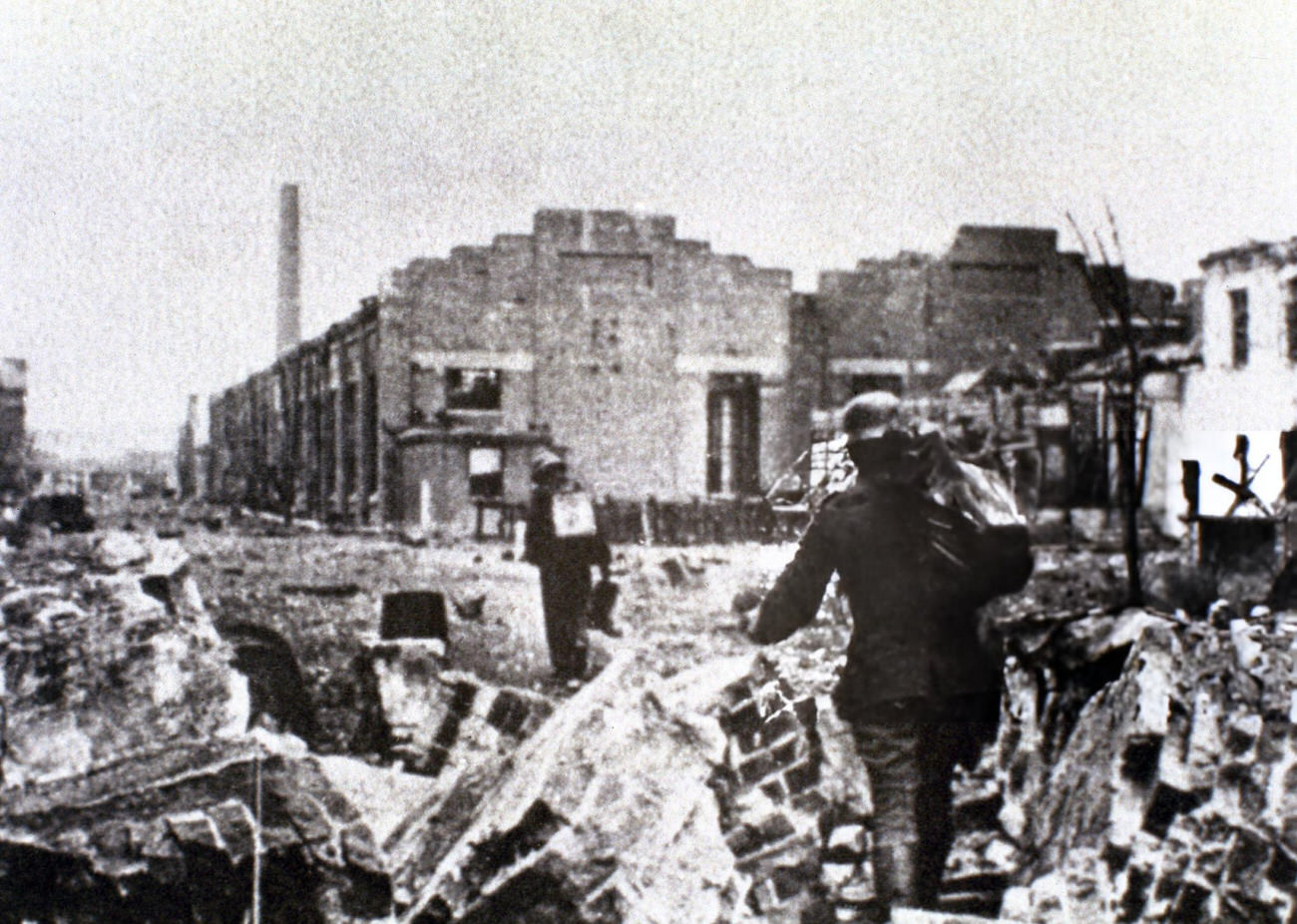
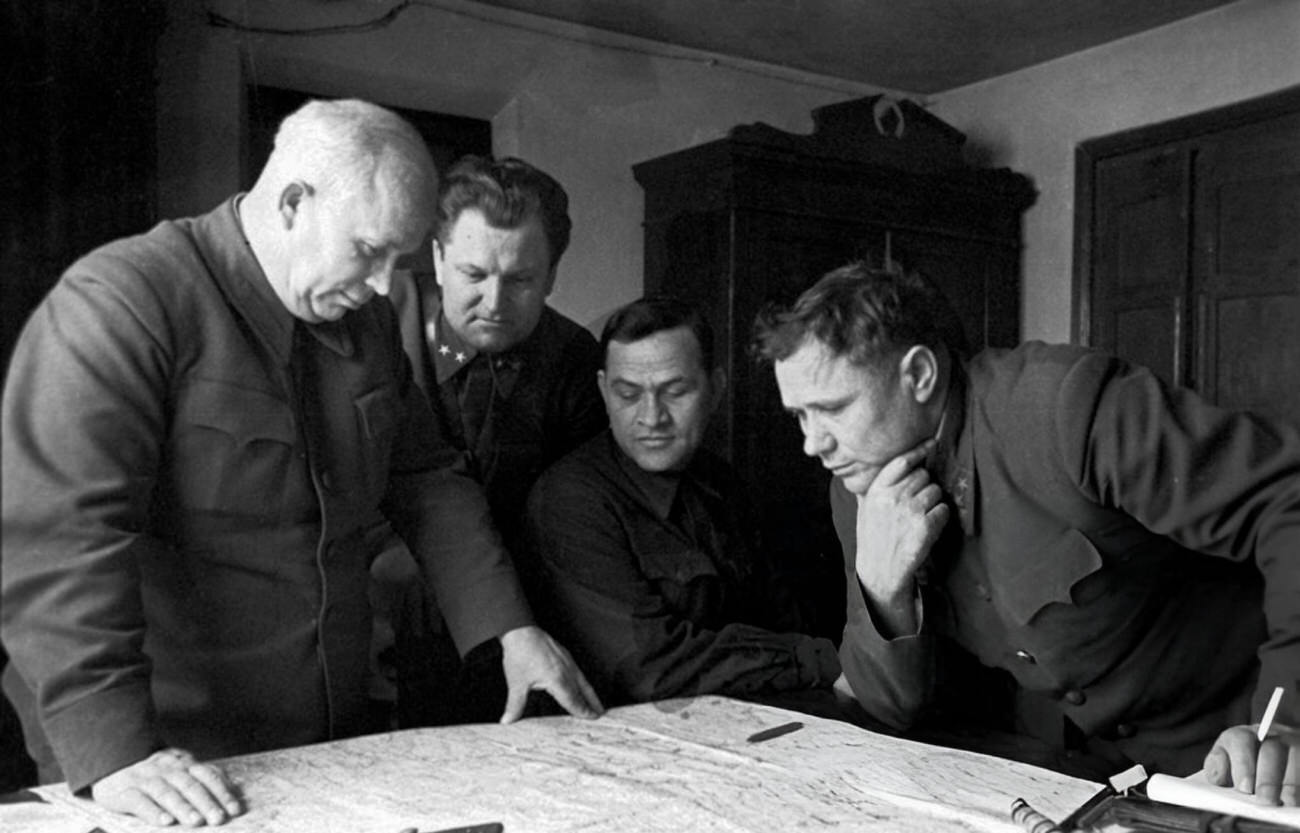














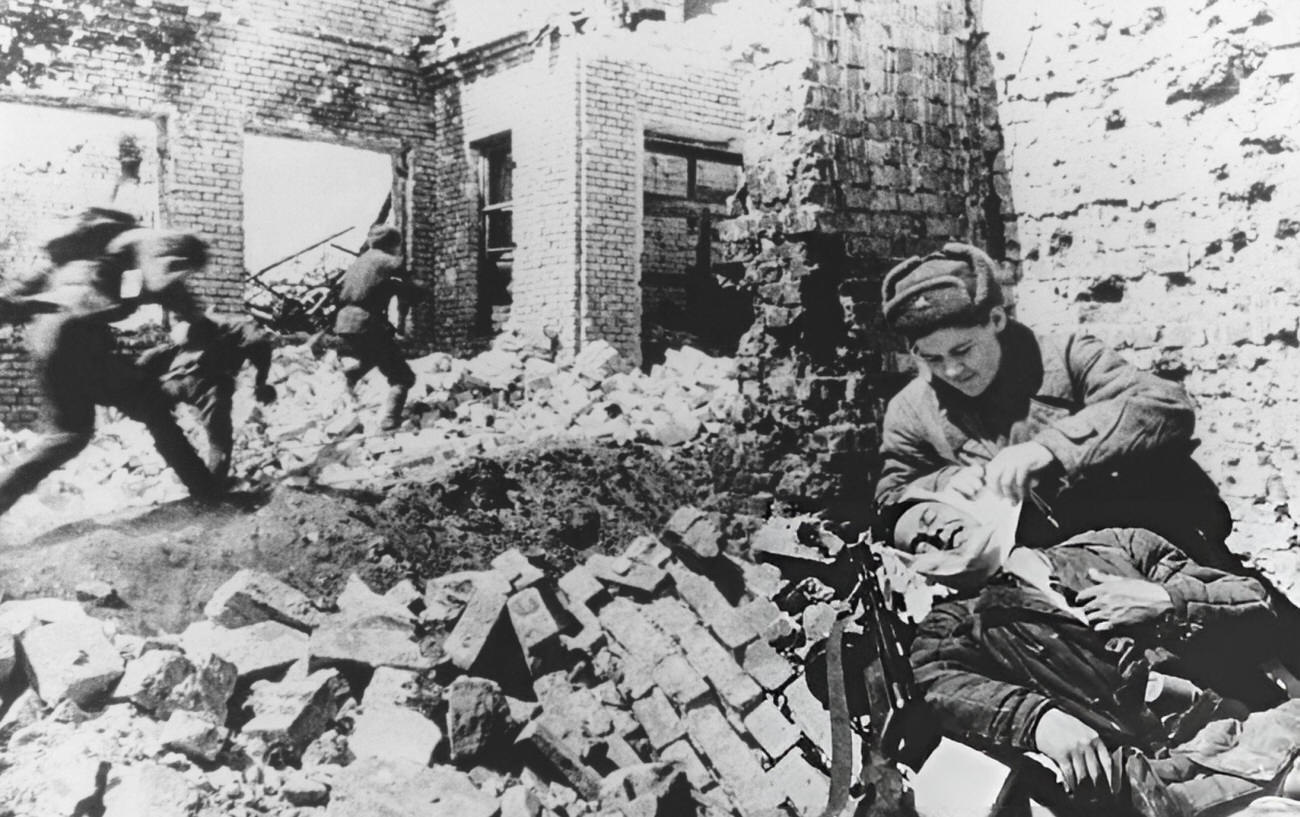





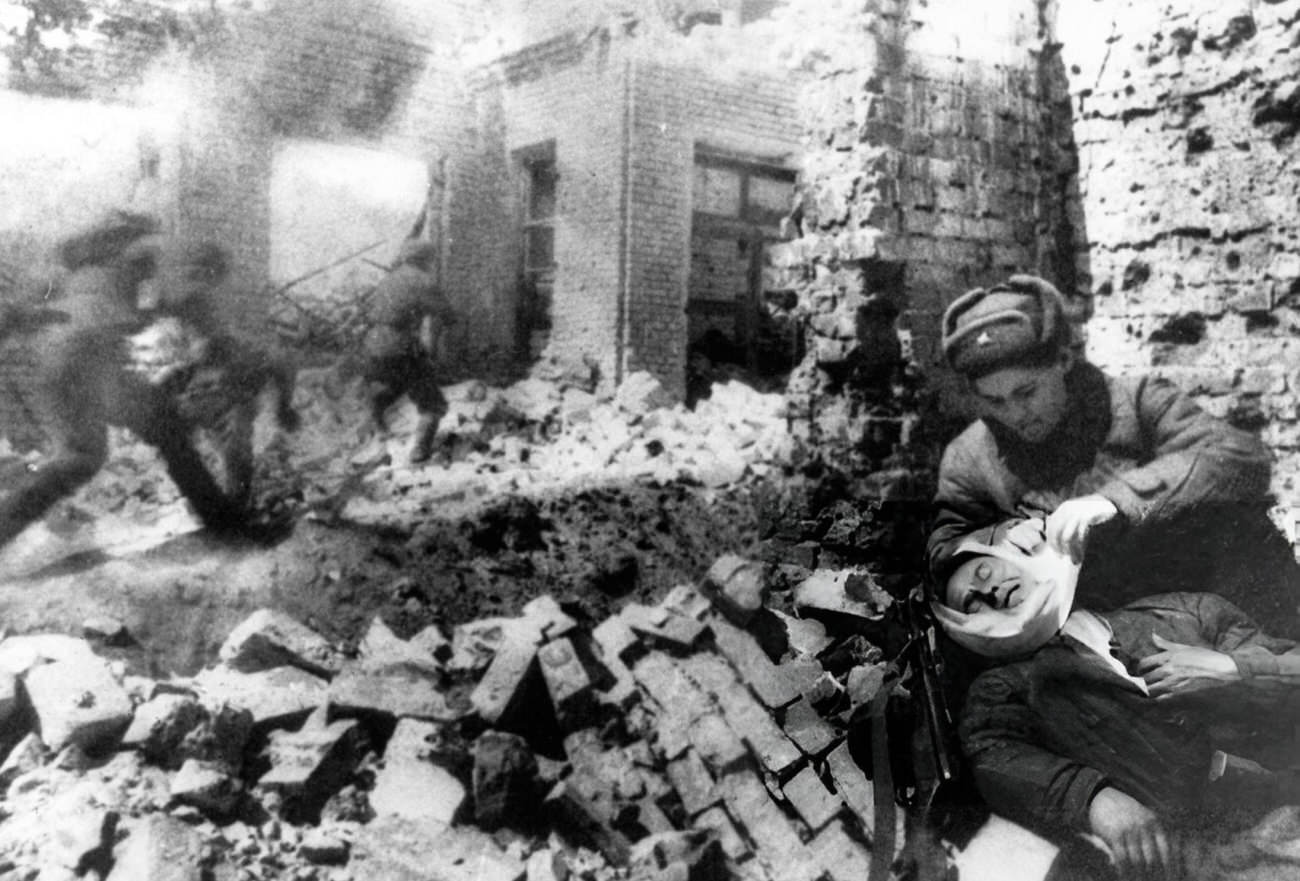
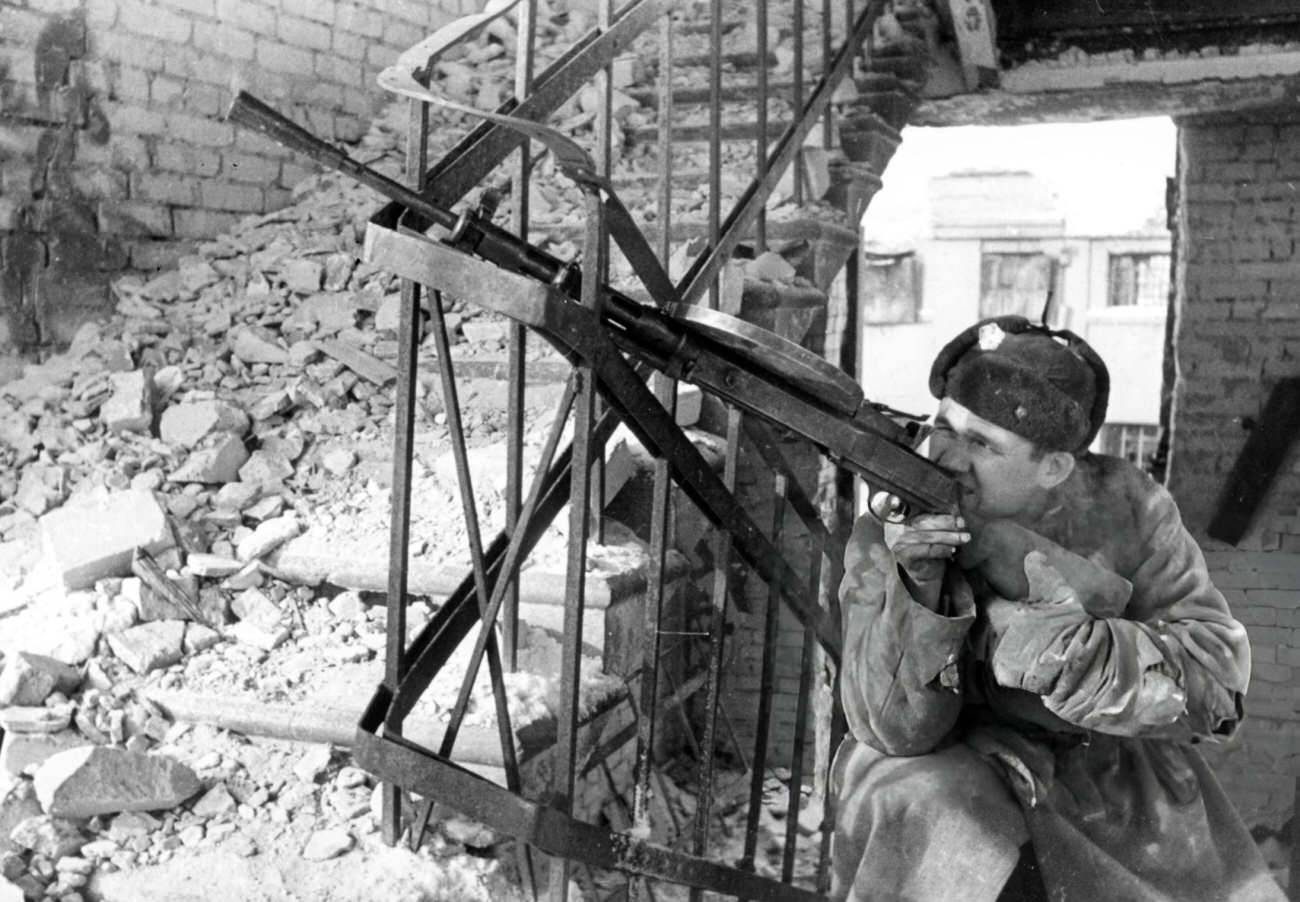




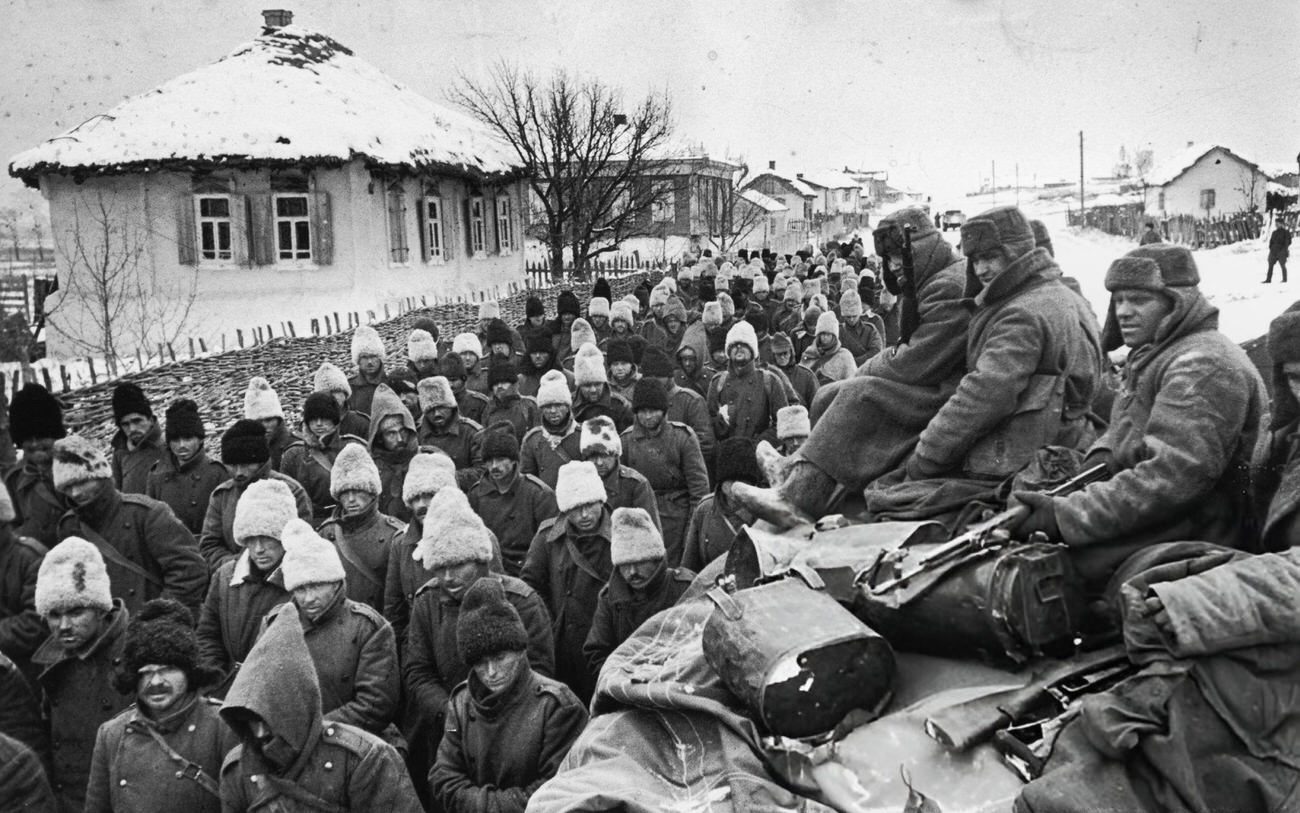
























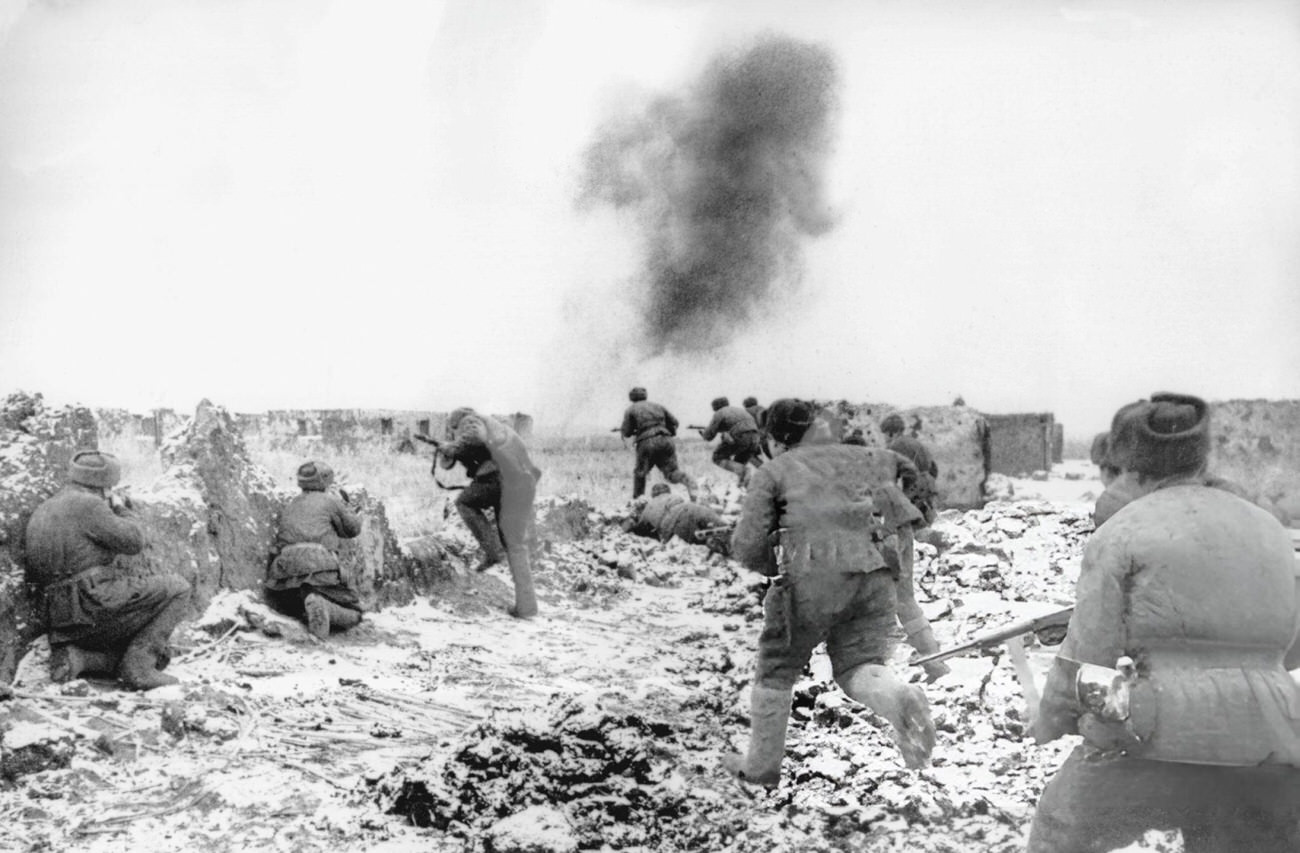

Lagoda lake is near Leningrad, not Stalingrad …